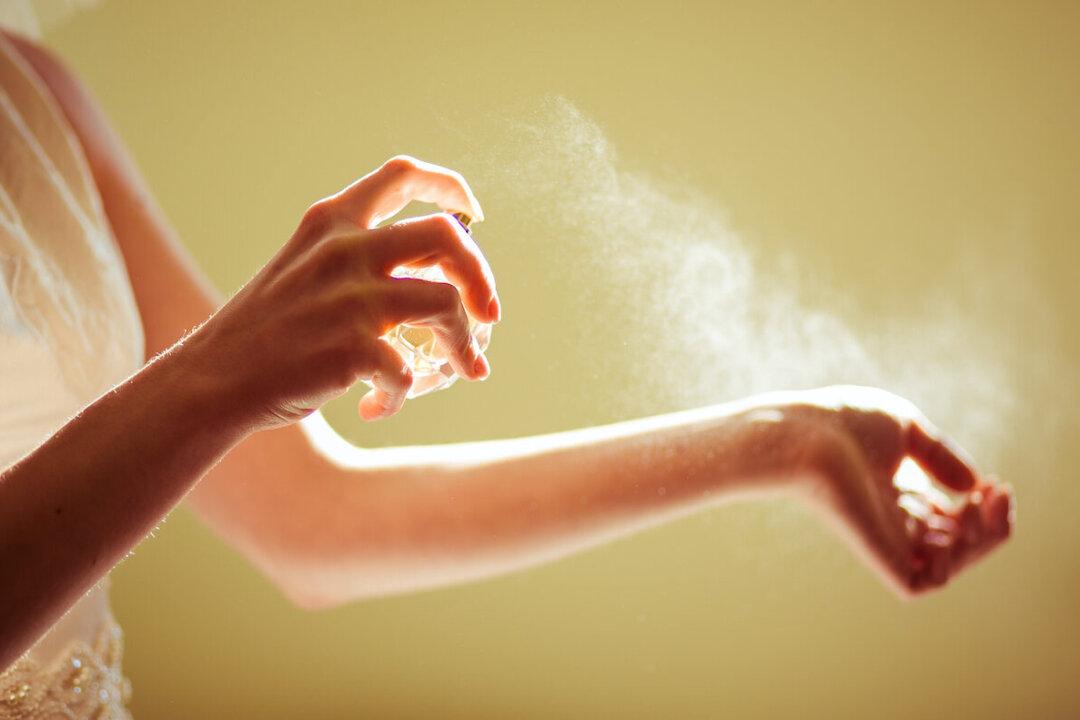So there I was in my white lab coat examining the 40 different vials and trying to determine which combinations to mix to get the best outcome. Admittedly I wasn’t enacting some important scientific discovery or creating a medical breakthrough, but it felt almost that significant. What if I screwed up, made ridiculous choices as to the most effective ingredients and came away with an awful-smelling product? I was making perfume at the Tijon Parfumerie and Boutique on the French side of the Caribbean island of St. Martin.
First some background. The parfumerie itself is a study in sensory overload, a cologne colony. There are more than 300 individual oils from which to choose. Of course, you get a little history and some instruction before you’re let loose to create your own personal perfume. As an amateur “nose”—someone who uses oils to create new fragrances—you learn that heat, humidity and sunlight are the enemies of perfumes. There are natural essential oils and man-made fragrances. You must combine top notes, middle notes and base notes to fashion “an accord” that will constitute a pleasing perfume.





